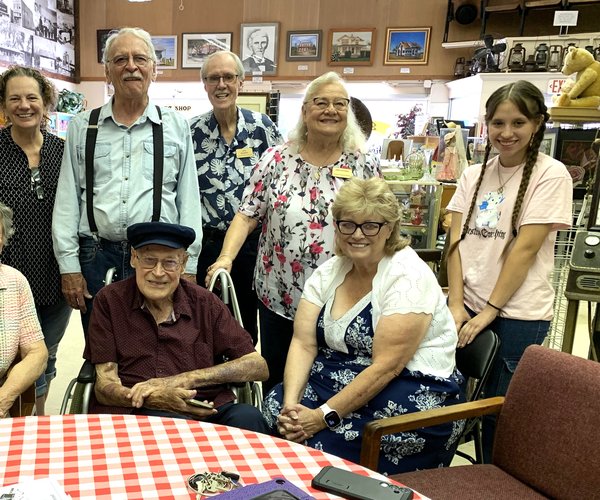Due to drought and poor water conditions
at Lake Sonoma, thousands of juvenile coho salmon have been relocated from the
Warm Springs Fish Hatchery in Geyserville.
Sonoma Hatchery Coho Salmon Temporarily Relocated





